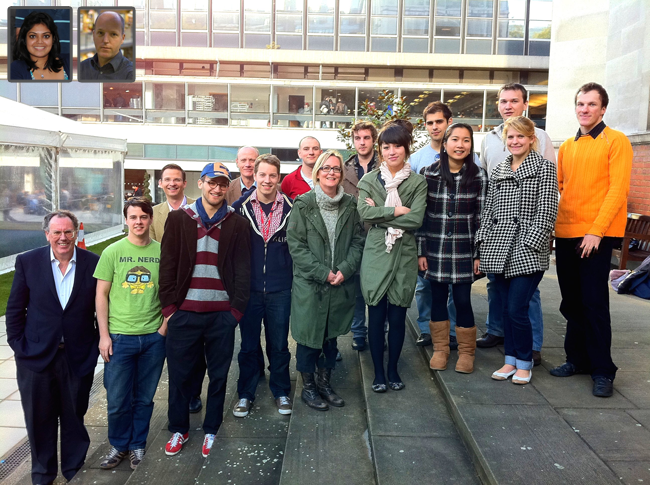Team:Imperial College London
From 2010.igem.org
| Line 21: | Line 21: | ||
</a> | </a> | ||
</html> | </html> | ||
| + | |- | ||
|align="center"|<html> | |align="center"|<html> | ||
<a href="https://2010.igem.org/Team:Imperial_College_London/Media/Videos"> | <a href="https://2010.igem.org/Team:Imperial_College_London/Media/Videos"> | ||
| Line 26: | Line 27: | ||
</a> | </a> | ||
</html> | </html> | ||
| + | |- | ||
|align="center"|<html> | |align="center"|<html> | ||
<a href="https://2010.igem.org/Team:Imperial_College_London/Workshop"> | <a href="https://2010.igem.org/Team:Imperial_College_London/Workshop"> | ||
Revision as of 16:32, 20 October 2010
| Parasight | Extras |
| “More than two billion people around the world live with unrelenting illness due to parasites” - WHO Director General Lee Jong-wook.
Synthetic biology offers great opportunity for biosensors, however current designs require hours before useful output. To tackle this issue in the field, it's crucial that our project can respond in minutes, hence we have engineered a fast, modular sensor framework. This allows detection of a range of different parasites, and may also be used as an environmental tool for mapping their spread.
We have developed two new technologies that enable our modular input/output - a novel cell surface biosensor, customisable for specific parasitic proteases, linked through quorum-sensing to a new 'fast-response' module capable of producing a detectable output in minutes. To demonstrate the concept, we've designed and fabricated B. subtilis to give a striking colour readout upon detecting the waterborne Schistosoma parasite which affects 200 million people worldwide.
|

|

| |

|
| The Team | |

|
 "
"






